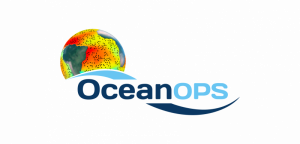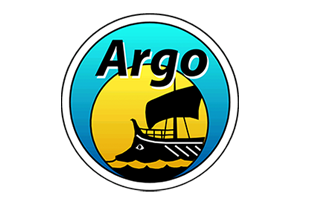Data Access and Visualization
Float data are made publicly available in near-real time, typically within 24 hours from when a float surfaces.
GO-BGC data can be used freely, with no restrictions. However, we ask that GO-BGC is properly acknowledged when used in a publication or a product.
Float data can be accessed in various formats through multiple data portals
Float Data Access

FloatViz
Direct Data Access, beginner to intermediate users
FloatViz is a data portal that allows access through ASCII files, and simple data visualization for individual floats.

ERDDAP
Direct Data Access, experienced users
Introduction to ERDDAP. GO-BGC and SOCCOM float data are accessible through the NOAA PolarWatch ERDDAP server.
This portal is well-suited for machine-to-machine applications and is also capable of data visualization.
Float Status Table
Direct Data Access, all users
Sortable table aimed for quick float status assessment, including most recent position, basin, and deployment cruise.
This portal is useful for analyzing the status of the GO-BGC Array and provides access to quick visualization and individual float data files from the Argo GDACs and FloatViz.
Data Archives
Quality Controlled Data, all users
Delayed mode quality controlled data, including derived carbon parameters are archived with a DOI three times a year.
Data are available in text, netCDF, and matlab format.
BGC Float Toolbox
Software tools for all users
Open source toolbox to select, download, and visualize BGC float data through the Argo GDAC.
This is an open-source toolbox for Matlab, R, and Python. See tutorials on how to use this toolbox to get started.
FLOAT DATA Visualization
 https://www.ocean-ops.org/board
https://www.ocean-ops.org/board
OceanOPS (previously JCOMMOPS) provides an interactive, global visualization of the Argo float array, in addition to other global observational networks.
Argovis allows access to float data via API, as well as visualization of profile data on their web portal. Float trajectory forecasts and co-located float data with weather events are also available.
Argo Fleet Dashboard
https://fleetmonitoring.euro-argo.eu/dashboard
Visualization tool for the Argo float array, including GO-BGC and other BGC floats. Float maps can be sorted for Core or BGC Argo floats. Profile and metadata for individual floats can be accessed through this tool.





